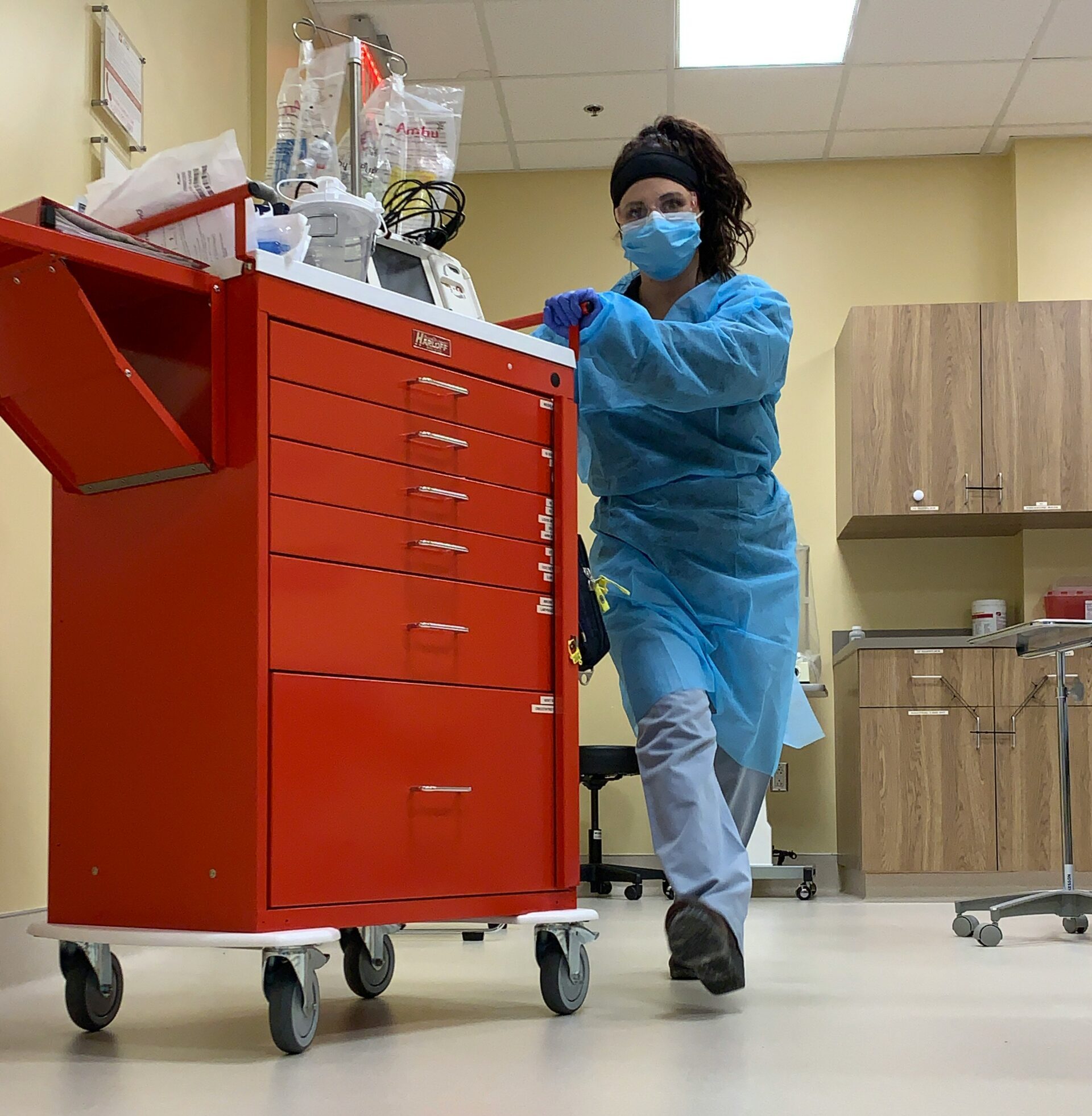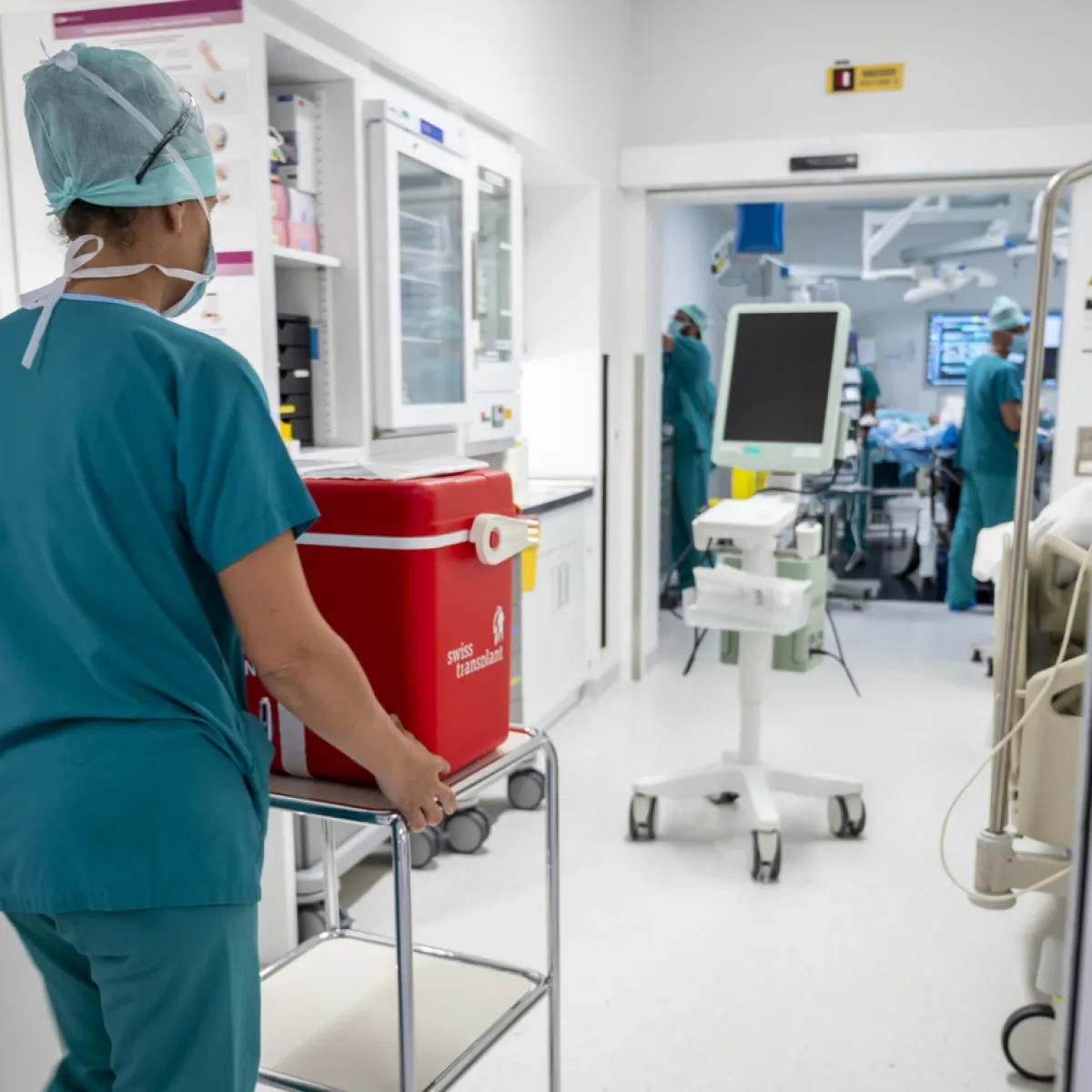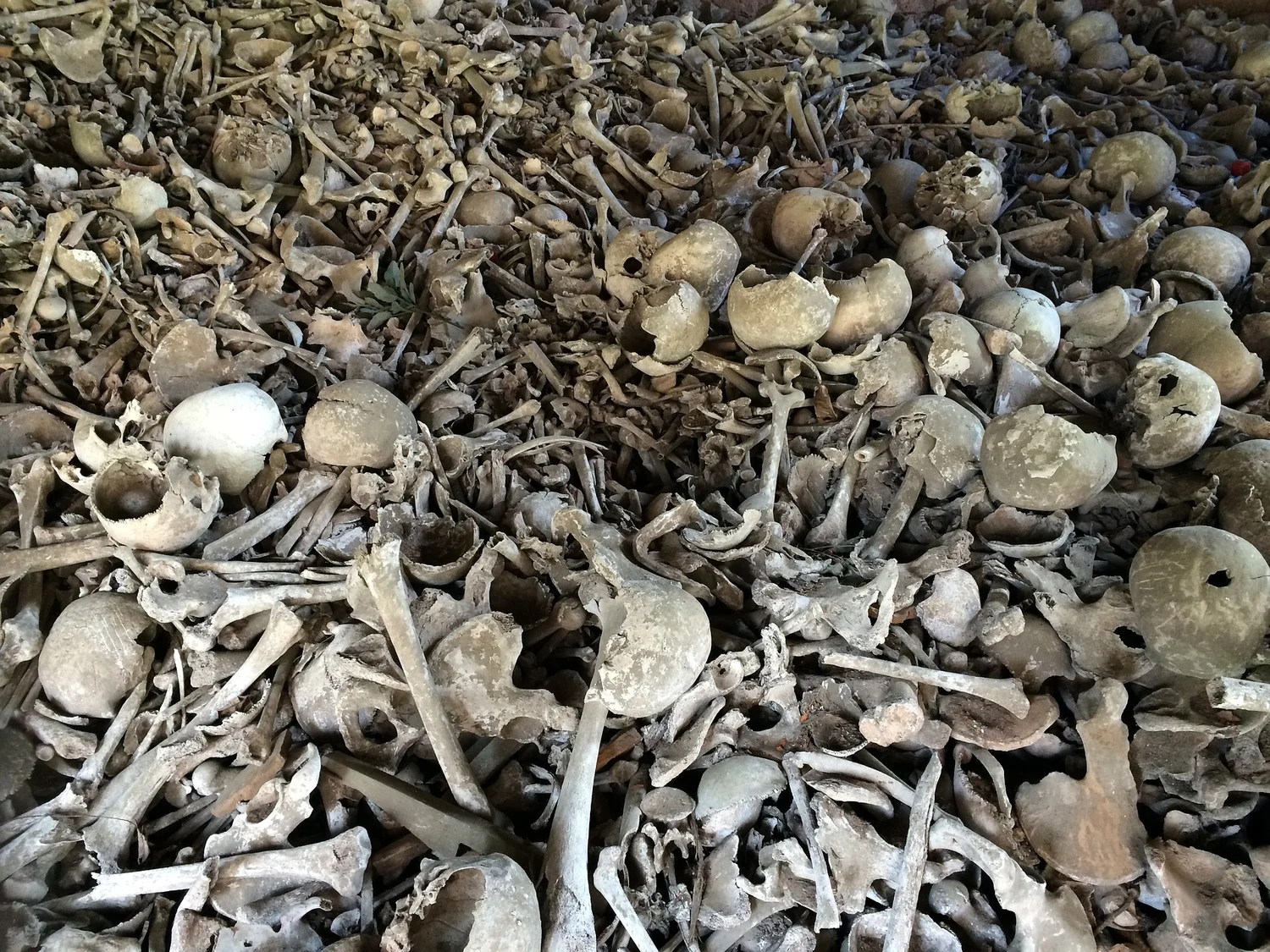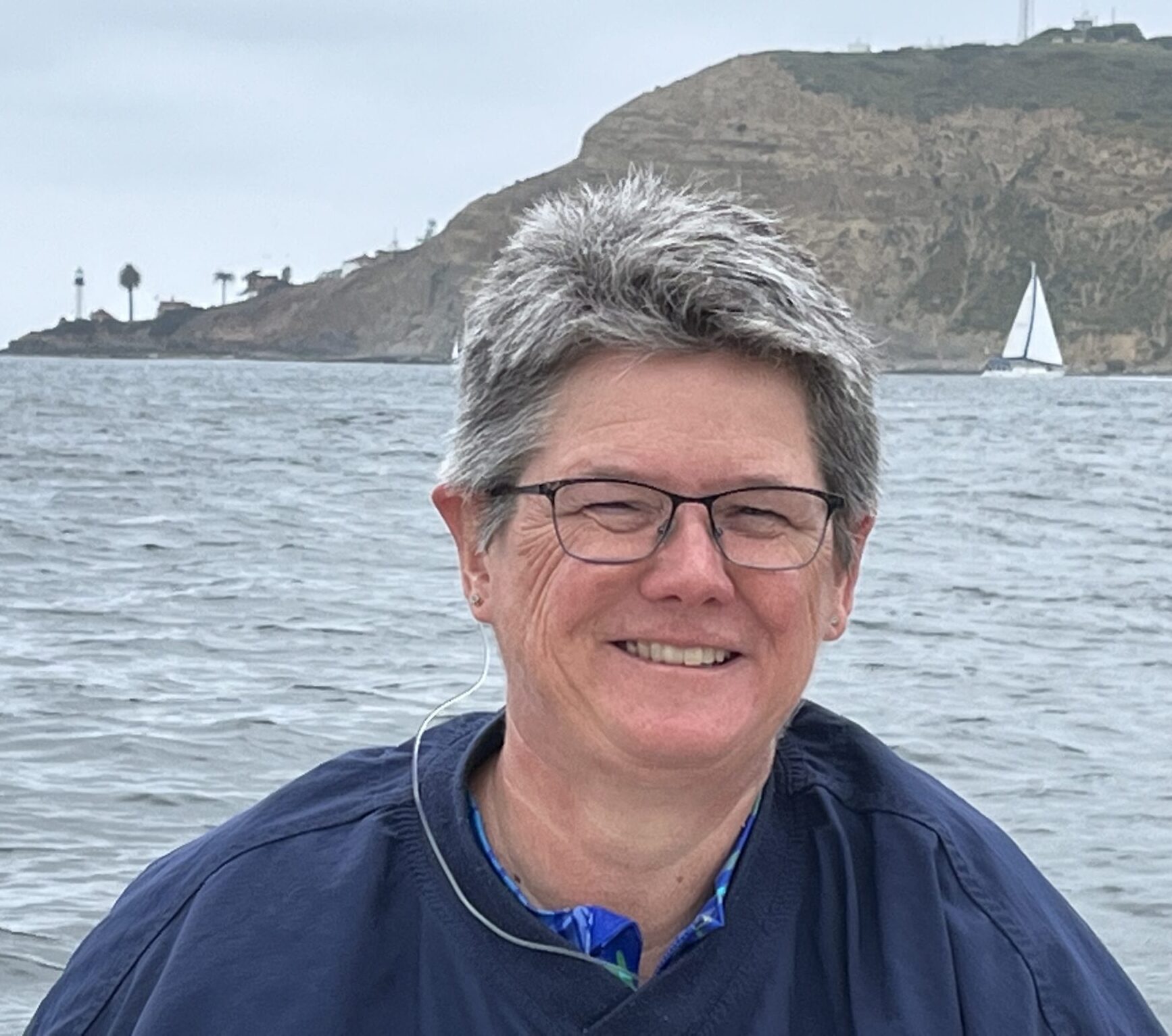Having worked in healthcare for more than 35 years, I have been privileged to participate on many teams of healthcare providers.
We encounter people who are vulnerable, weary, scared, and seeking help. Clinicians often can provide surgeries, medications, and treatments that enhance quality of life. No matter what course patients choose, we all work together to support the patients themselves, their families, and the broader community for the good of all.
In the hospital and healthcare realm, of all the incredible things that medicine can do, organ transplantation seems to be the sparkliest practice. The trauma team will argue that their work is the most dramatic, because they take on healthy people who have suddenly, unexpectedly experienced a severe, life-threatening injury. The birth centers and neo-natal intensive care units where little lives make their appearance, sometimes with significant support, would argue that they see the most exciting entrances of any patient. The oncology wards tend to be quieter, more subtle in their processes. The heart failure teams seem always to be pushing big rocks uphill. Gastroenterology, well, bless them, but it’s usually unpleasant. Pediatrics get to have all the toys AND the fun.

But transplant is the cat’s meow. This is where cardiac and pulmonary and renal surgeons pull all-nighters at the drop of a hat to deposit bright pink new organs into failing bodies. They get to sew arteries and veins into dusky places, only to see bright, energetic blood flows and urine outputs and steady pulses and respirations free from all the apparatuses that previously sustained life. It is a fantastic, amazing process—almost like magic, because the WOW factor is mind-boggling. This is the best of medicine, and even better when patients recover well and thrive. Clinicians get to save lives; patients live; family members see resurrections.
There are several aspects of organ and tissue transplantation I’ll reference: deceased organ donors have the potential for donating heart, liver, lungs, kidneys, pancreas, intestines, as well as tissue, which can include: bone, corneas, heart valves, skin, tendons, and veins. Living donors can offer a kidney, a portion of their liver, birth tissue, and blood marrow.
Usually, there is so much time waiting for transplants of any kind. It is a special challenge to stay sane while awaiting a transplant. So many things could go awry, sometimes disastrously so, because the patient must be sick enough to necessitate a transplant, but healthy enough to undergo surgery.
Transplant team members will get emails announcing that so-and-so is in the operating room with Dr. Wonderful receiving their long-awaited heart/lungs/kidney/liver, which is always a shot of adrenaline for those of us on these teams. Sometimes, those emails are followed by an email of a very different tone: “Unfortunately, patient so-and-so experienced a dry run because the quality of the organ was deemed insufficiently healthy.” Or something like that. You can sense the collective letdown with that kind of message.

I could tell you about the downside to being a transplant recipient, but you can read about that elsewhere. Or ask your neighbor, who must vigilantly take anti-rejection medication and always, always be aware of being immunocompromised. There are challenges to being on the receiving end of the magic, but we like to focus on the good things: the recoveries, the lives of those who go on to function well in society.
I had worked in deceased donor transplant advocacy for about 10 years when my spouse experienced a spontaneous fracture of his femur. We were looking at x-rays with the orthopedic surgeon, who pointed out the obvious wires and other hardware, and the finer detail of an existing cadaver strut from a previous surgery. He explained that he might want to add another cadaver bone to the mix for extra support, given the weakness already present in this structure.
I was amazed and fascinated. The existing cadaver strut—a piece of long bone used to fortify the femur when my spouse’s metal hip prosthesis was inserted—had become a part of the femur in such a way that it was no longer a bone from a deceased person: it had come to life by being joined with the existing bone. It had been ingrafted and took on new life. A portion of dead bone was now alive in my husband’s thigh. And we were going to add another one. Wow!
In the world of organ procurement and transplant, tissue donation gets very little attention. I was paying attention now with a very strong appreciation for what a donor, or two donors, had contributed to our well-being. Tissue donors have the potential to help 75 people in healing or improving their lives. Their impact is tremendous!
So many of the families with whom we’d had serious, risky conversations in the ICU had chosen to give permission for the transplant team to procure the organs and tissues in the hopes of saving lives. These were brave, bold, and trusting decisions that meant acknowledging their loved one’s death. It also is a decision that opens a way for a legacy of hope, life, and light. And now, I was seeing this come full circle as I looked at this x-ray.

Ezekiel is asked if the dry bones can live; he defers his response to God—only God knows. While the Valley of Dry Bones in Ezekiel 37 is a bizarre, far-fetched scenario of clinking bones taking on life, it finds a modern parallel in those who recognize that dead bones and tissue can come to life—and add to life.
In her poem “Blessing of Hope” from The Cure for Sorrow, Jan Richardson says:
Hope not made
Of wishes
But of substance,
Hope made of sinew
And muscle
And bone,
Hope that has breath,
And a beating heart…
Another biblical citation contributes to transplant wonder, from my point of view. Jesus offers a discourse on love, asking about our willingness to give our life for a friend. I am privileged to know people who do exactly this: healthy, generous, loving people offer one of their kidneys to someone else: a friend, a family member, someone who needs a kidney.
This is profoundly hopeful, fascinating, blessed work. I meet family members who offer to undergo testing to see if they might be able to donate their kidney. It’s rare, but sometimes even community members step forward because, they say, “I heard that someone needs a kidney. I have two; I can spare one.”
While these willing, generous people agree to undergo testing and poking and numerous appointments and inquisitions about their health and state of mind, the very offer of intending to donate is such a remarkable demonstration of Jesus’ challenge to offer life to a friend—an often-unknown friend.
Of course, we look at the possibilities of matching the donor with the recipient, but that match isn’t even the biggest factor in the days of paired donation and national donor registries where we engage in large circles of donors and recipients. These large circles, or registries, allow for donors’ organs to be offered to the vast pool of waiting recipients, making possible even better alignment with blood type, antigens, antibodies, sensitivities, and other variables like timing both for donor and recipient. So much science goes into this, and so much love and care and hope and possibility, all blending together. It’s quite a wonderful world when things work out.
Hope made of substance. It can be awesome. What a tremendous gift, a gift of giving our life for a friend.
Red cart photo by jodie covington on Unsplash


7 Responses
Marvelous.
I am able to write this because someone donated their loved one’s aortic root upon their death. I live each day knowing I live because someone else died. And I am ever so grateful for that unknown donor’s generosity.
This is so very good, Cindi. Your years of being close to the medical have made you extremely knowledgeable. Wow, you pay attention with the best of them. And cheers for Terry’s come back to life bones!
Oh, Cindy. This is beautifully written, but far beyond the word-mechanics, the stories you have shared are so inspiring. I also appreciate that the biblical allusions aren’t forced or manipulated to fit the contexts you describe.Thank you, thank you. The organ donor box on the back of my driver’s license has been checked fir years, but you have reminded me why.
Thank you for going us a glimpse into the complex but marvelous world of organ transplants, and the importance of organ donations.
Truly breathtaking. The best of the scientific method integrated with the best of spiritual wonder, merged with the complexity of communal love, brings life to dry bones. Witnesses are transformed and gratitude multiplies exponentially. That’s good news indeed.
Thanks, Cindi for a well written description of the heart transplant process. I had the privilege to witness this life-saving process as a hospital chaplain. It’s God’s all aroud gift to patients, family and medical teams. We are fearfully and wonderfully created humans “in whom (Christ) we live, move and have our being” ( Acts 17:28).